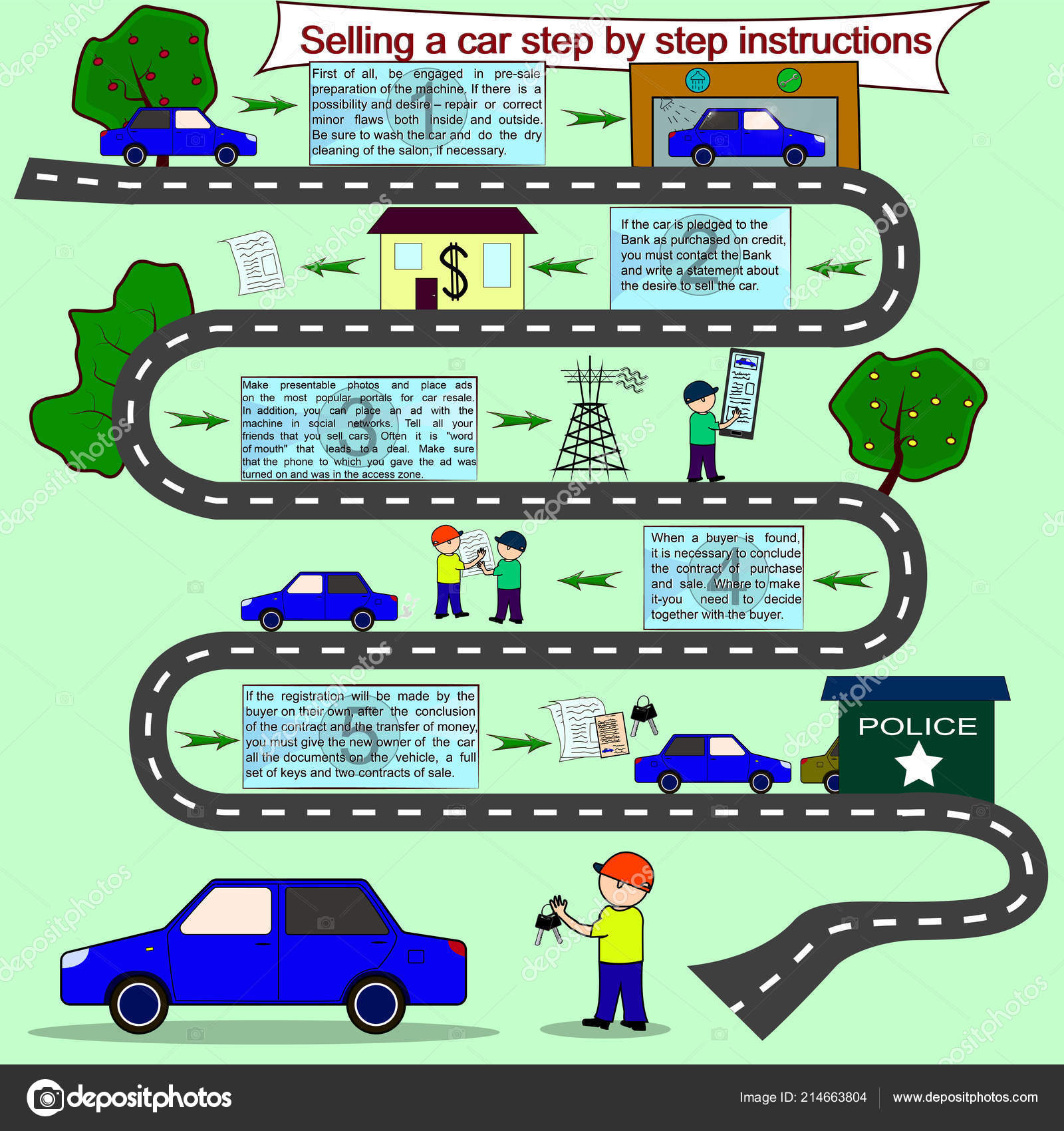Analyzing Your Car'S Alert Lights: Their Real Ramifications
Analyzing Your Car'S Alert Lights: Their Real Ramifications
Blog Article
Article Created By-Faulkner Corbett
When you lag the wheel, those glowing warning lights on your dashboard can be a bit difficult. Do you understand what they're trying to tell you regarding your car's wellness? Recognizing the importance of these lights is vital for your safety and the durability of your car. So, the following time one of those lights appears, wouldn't you want to analyze its message precisely and take the needed steps to address it?
Common Warning Lights and Interpretations
Determine typical warning lights in your cars and truck and recognize their meanings to guarantee safe driving.
The most normal caution lights consist of the check engine light, which signals issues with the engine or emissions system. If this light begins, it's essential to have your automobile inspected immediately.
The oil stress warning light shows low oil pressure, needing prompt attention to stop engine damages.
A blinking battery light could suggest a faulty billing system, possibly leaving you stranded if not dealt with.
The tire pressure surveillance system (TPMS) light signals you to low tire stress, influencing vehicle stability and gas efficiency. Overlooking this can result in harmful driving problems.
The abdominal muscle light shows a trouble with the anti-lock stopping system, endangering your ability to stop swiftly in emergency situations.
Finally, the coolant temperature warning light warns of engine overheating, which can cause serious damages if not solved promptly.
Recognizing these usual warning lights will help you address concerns immediately and maintain risk-free driving conditions.
Relevance of Prompt Interest
Understanding the typical caution lights in your automobile is only the primary step; the importance of without delay dealing with these cautions can't be stressed sufficient to guarantee your security when traveling.
When a caution light brightens on your dashboard, it's your auto's means of communicating a prospective concern that requires focus. Neglecting these cautions can cause extra serious troubles down the road, endangering your safety and potentially costing you extra in repairs.
Prompt attention to warning lights can stop failures and mishaps. For example, a flashing check engine light might show a misfire that, if left unattended, could trigger damage to the catalytic converter. Addressing this promptly can save you from a costly fixing.
Likewise, a brake system warning light may signal low brake liquid or worn brake pads, essential components for your safety and security when driving.
DIY Troubleshooting Tips
If you discover a caution light on your control panel, there are a few DIY repairing suggestions you can attempt prior to looking for specialist help.
Read More Listed here is to consult your vehicle's manual to recognize what the specific caution light shows. Often the issue can be as simple as a loose gas cap setting off the check engine light. Tightening up https://ecu-tuning-near-me06172.blogsmine.com/31693270/personal-experience-transforming-my-car-with-a-weekend-break-explaining-session may deal with the issue.
One more typical concern is a low battery, which can trigger numerous alerting lights. Checking the battery connections for corrosion and ensuring they're safe might repair the issue.
If a caution light lingers, you can try resetting it by separating the automobile's battery for a couple of mins and then reconnecting it. In addition, inspecting your automobile's liquid levels, such as oil, coolant, and brake fluid, can assist fix advising lights associated with these systems.
Final thought
Finally, recognizing your cars and truck's caution lights is crucial for keeping your automobile running smoothly and safely. By without delay attending to these alerts and understanding what they indicate, you can prevent costly repairs and potential failures.
Bear in mind to consult your car's handbook for certain information on each warning light and do something about it appropriately to make sure a trouble-free driving experience.
Stay notified, remain safe when driving!
